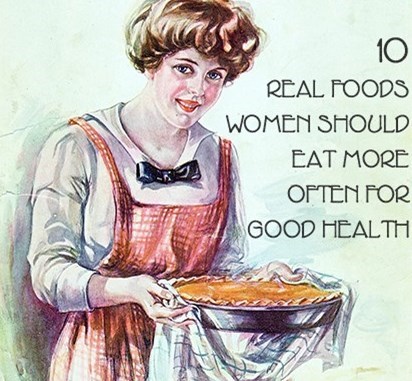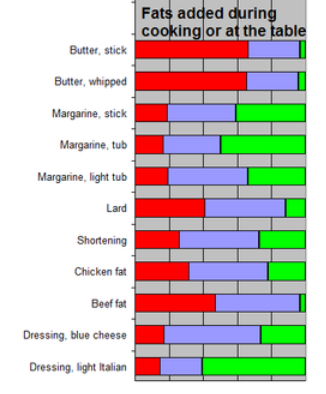\"Free Range Lard\" has lots of vitamin D and is good for you
A lot of baking used to use lard which often had 500 IU of vitamin D per teaspoon
Pies, cookies, pastry, short bread, biskets, shepards pie, etc.
A slice of pie might have had 3,000 IU of vitamin D
9 inch pie 1 cup shortening, 1 cup = 48 teaspoons
500 IU of vitamin D per teaspoon of "free range lard"
24,000 IU per entire 9" pie. 8 slices per pie, so 3,000 IU per slice
Note: can really be any type of pie (pumpkin, etc), the important ingredient is the free range lard

Now pigs are indoors

Table on Shortening at WikiPedia
Note that a High ratio of Monosaturated to Polyunsaturated fat is best for vitamin D bioavailability
| Comparative properties of common cooking fats (per 100g) |
Total fat | Saturated fat | Monounsaturated fat | Polyunsaturated fat | |
| Sunflower oil | 100g | 11g | 20g | 69g | 225 °C |
| Soybean oil | 100g | 16g | 23g | 58g | 257 °C |
| Canola oil | 100g | 7g | 63g | 28g | 205 °C |
| Olive oil | 100g | 14g | 73g | 11g | 190 °C |
| Corn oil | 100g | 15g | 30g | 55g | 230 °C |
| Peanut oil | 100g | 17g | 46g | 32g | 225 °C |
| Rice bran oil | 100g | 25g | 38g | 37g | 213 °C |
| Vegetableshortening (hydrogenated) | 71g | 23g | 8g | 37g | 165 °C |
| Lard | 100g | 39g | 45g | 11g | 190 °C |
| Suet | 94g | 52g | 32g | 3g | 200°C |
| Butter | 81g | 51g | 21g | 3g | 150 °C |
Note: Lard is high in monosaturated fat - the very type which provides the highest response to a dose of vitamin D.
Increasing the ratio of mono to poly fats increased Vitamin D levels by 6 ng – RCT Aug 2011 which has the following
WikiPedia Good (more vitamin D into bloodstream)= much more BLUE than Green

See also web: lard
- Lard SLATE, June 2009
- Crisco was introduced in 1911 as a substitute for the poor man's fat
- Lard from the supermarket can still be pretty scary; most of it has been hydrogenated to make it last longer
- lard is still anathema to vegetarians and halal observers (from pigs)
- Fat: An Appreciation of a Misunderstood Ingredient, with Recipes 2008 Amazon
- For all of history, minus the last thirty years, fat has been at the center of human diets and cultures. When scientists theorized a link between saturated fat and heart disease, industry, media, and government joined forces to label fat a greasy killer, best avoided. But according to Jennifer McLagan, not only is our fat phobia overwrought, it also hasn’t benefited us in any way. Instead it has driven us into the arms of trans fats and refined carbohydrates, and fostered punitive, dreary attitudes toward food–that wellspring of life and pleasure.
- Why did we ever switch from lard to shortening? Joe Pastry, Jan 2012
- Flash back about 125 years in America and you’d find a nation of cooks who, just like today, wanted/needed fats for various purposes: baking, cooking, frying, spreading on toast, that sort of thing.
- The Rise and Fall of Crisco 2001
- In those days, different fats were favored in different regions of the country according to price and local availability.
- In the wealthier north and northeast, where dairying was common, people used a lot of butter.
- In southern states, which were far poorer, people used a lot of lard.
See also web
- Roe (fish eggs) have 8,500 IU vitamin D per teaspoon
- The Eskimos consumed roe from salmon and other fish in large quantities, often daily. During the warm season, salmon roe was dried in the sun to preserve it for use throughout the year, especially for pregnant women.
- All About Fish Eggs
- Roe is high on Omega-3 and B-12
- Roe also has a substantial amount of selenium, Magnesium, and iron
See also VitaminDWiki
Overview Cholesterol and vitamin D data from 167 countries shows that lifespan INCREASES with increased cholesterol (up to 220)
